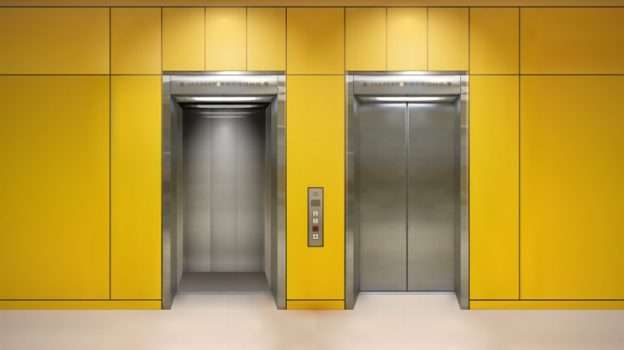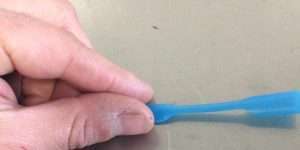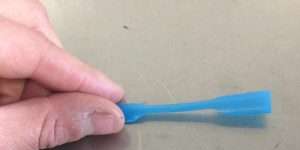Uno de los ensayos más notorios en el proceso de producción de un cable eléctrico…
When is it necessary to perform the alternate flexion test?
THE ALTERNATE FLEXION TEST
This test is performed on cables subjected to frequent flexions, such as service lift cables. The goal of this flexion test is to demonstrate that both the construction of the cable and the materials utilized in its manufacture is the most suitable to guarantee its durability.

In certain applications, cables are subjected to frequent flexion while they are in service. Examples of these installations are bridge cranes, lifts and service lifts, robots, and home appliance cables. In these cases, cables that are suitable for mobile service must be used. The difference between fixed and mobile service cable is the alternate flexion test.
Manufacturers demonstrate that both the construction and well as materials are suitable for this demanding application. Only if the cable resists this test satisfactorily can a suitable duration be guaranteed once in service.

30.000 COMPLETE CYCLES WITHOUT FAILURE
The test consists in subjecting a sample of cable to 30,000 complete cycles of alternate flexion. During the test, an electrical current circulates through the conductors of the cable and tension is applied between conductors.

During the test, the cable is subjected to mechanical, thermal and electrical efforts. For this, a test bed is utilized as in the figure. On this bed, the central carriage is mobile and moves in a back-and-forth movement of 1 meter of width at a speed of 0.33 m/s. This means that it makes a complete cycle every 6 seconds
The cable is placed in an S between the pulleys of the carriage in such a way that the first pulley flexes in one direction and on passing the second, flexion is produced in the opposite direction. In each cycle, the cable passes twice through each pulley. The ends of the cable are connected to the corresponding terminals and weights. Then hung to maintain the correct mechanical tension.

The diameter of the pulleys, the weights, the intensity, and the voltage applied depend on the section and the number of conductors. These test parameters are defined in norms UNE21027 and UNE 21031. For example, a type H07RN-F 3×1.5 cable is tested with 120 mm Ø pulleys, 1.5 kg weights and 16 Amperes per conductor. The voltage applied of 400 V between conductors and 230 V to the ground.
The test is equipped with a control console that detects any short-circuit between conductors. Leaks to the ground or lack of continuity of the conductor from breakage of the copper. In any of these cases, the test stops automatically.
TOP CABLE RANGE THAT SUCCESSFULLY PASSES THE TEST
All cables suitable for mobile service must exceed 30,000 cycles of alternate flexion without failure.
To know the type of service foreseen for a certain cable. One only has to look at the mark that appears on the cable cover. All those cables are suitable for mobile service such as, for example: the Topflex VV-F H05VV-F cable, the Flextel 110 ES05VV-F cable and the Xtrem H07RN-F cable.

The Topflat H07VVH6-F cable, recommended for use in lifts and service lifts, successfully passes the alternate flexion test.




